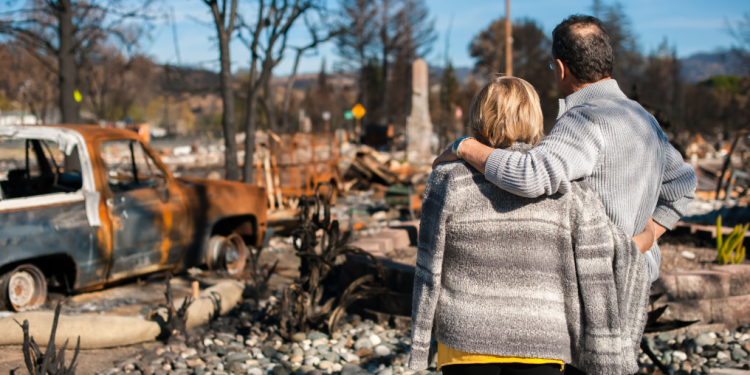(StatePoint) Nearly one-third of U.S. homes are at a high risk of natural disaster, according to CoreLogic.
It’s essential to know what to do before a natural disaster strikes and how to navigate the aftermath. Freddie Mac is offering homeowners and renters these tips:
Contact Your Insurer and Mortgage Servicer
Whether you rent or own, one of the first people you contact should be your insurance agent or mortgage servicer.
If you’re a renter and your rental unit or property sustains damage, contact your renters insurance company to file a claim. Most policies cover damage from tornadoes, fires, hail and non-flood related water damage. You also should inform your property manager. Sharing pictures of damage may help them make insurance claims, if necessary. To ensure everyone is on the same page, keep a written record of any communications about plans to address damage.
If you’re a homeowner, call your homeowners insurance agent. In addition to assessing your property’s condition and reimbursing repair and replacement costs, many policies also cover additional living expenses if you are displaced, such as temporary housing, food, pet boarding and other household expenses. It’s also critical to let your mortgage company or servicer know about your current circumstances and to learn about available disaster relief options.
Get Relief
Disasters can stress your finances, but there are ways to get help.
If you’re struggling to make rent following a natural disaster, talk to your property manager about flexible payments. You should also look at your lease agreement for a rental abatement clause, which may allow you to pause or make partial rent payments if your unit is damaged. As you rebuild, you may also be eligible for programs like federal tax relief and financial assistance for energy bills.
If you’re a homeowner, there are relief options available to help if you’re at risk of missing a mortgage payment due to a natural disaster. One such option is mortgage forbearance, which allows you to reduce or pause your payments for a specified period. Keep in mind that if you choose this option, you should be prepared for when forbearance ends and normal payments resume. You should also refer to the information about disaster assistance and resources provided by entities like FEMA, DisasterAssistance.gov, The U.S. Department of Housing and Urban Development and American Red Cross.
Be Aware of Scams
After a natural disaster, you may be a target for scam artists or predatory lenders seeking out people in distress. Help avoid becoming a victim by being aware of common schemes. These include high-interest loans for repairs, which may offer short-term relief, but end up costing you more in the long term. You should also be wary when prepaying contracts for repairs. Don’t authorize any payments until all work is completed and you’re satisfied with the final product. Finally, don’t provide personal information to anyone claiming to be a government employee or disaster relief professional without verifying their identity. Remember that government employees will never ask you for financial information, such as a bank account number.
If you believe you’ve been a victim of a scam, report it immediately. First, call your creditors to cancel your credit cards. You can also request that creditors receive your written consent before changing your mailing address or sending a replacement credit card. Then, contact the credit bureaus to freeze your credit reports so that there’s no activity unless you approve it. Finally, report the scam to consumer protection agencies like the Federal Trade Commission and the U.S. Department of Justice so that the culprit can’t strike again.
Learn more about disaster preparedness with the collection of Freddie Mac educational offerings found at myhome.freddiemac.com/blog/keyword/disaster-preparedness.
After a natural disaster strikes and you and your loved ones are safe and accounted for, getting on the path to financial recovery is critical. Whether you are a homeowner or renter, there are resources to help you get back on your feet.




